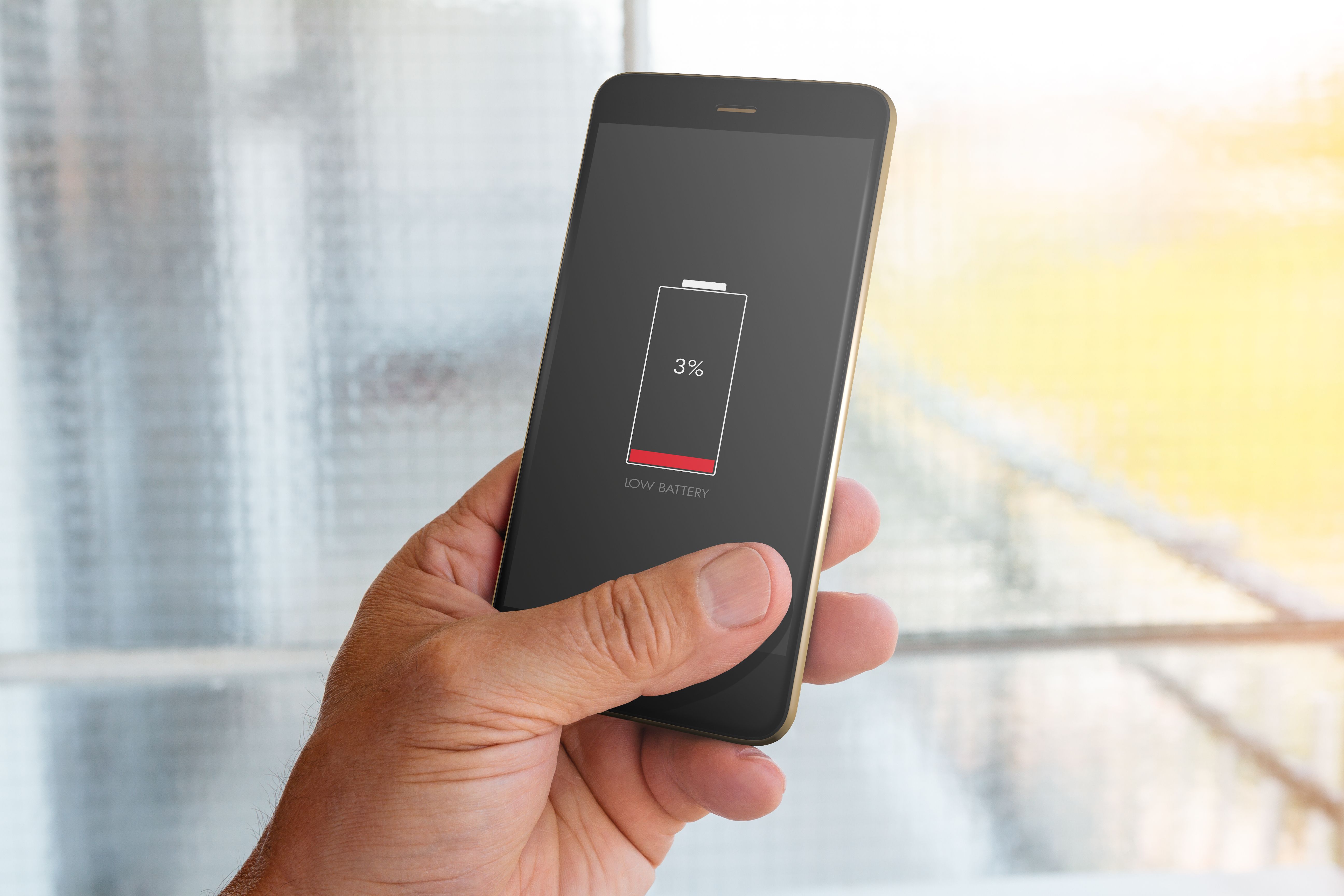People who use smartphones and other mobile electronic devices know the problem: the battery is flat and there’s no power point in sight. In future, the energy required could be generated simply by walking or climbing stairs. The technological principle is called “Energy Harvesting”: making use of kinetic energy by transforming it into electric power. With the development of triboelectric nanogenerators (TENGs), a new technology is almost ripe for the market. By integrating TENGs into clothing or shoes, it could soon be possible to generate electricity with every step you take.
The underlying physical principle is simple: when two layers of differing materials (e.g. rubber soles or PVC) are brought into contact, they exchange electrons and charge each other (the triboelectrical effect). When the two layers are separated from each other, electrostatic induction causes a charge, and by applying electrodes to the two layers it becomes possible to tap a current. Continually moving the two layers towards and away from each other creates a periodic current pulse.
New is that with some TENGs only one triboelectric layer needs to be integrated. What serves as a second layer is for example the floor or human skin, something that offers a great variety of possible applications. In addition, TENGs are mechanically flexible and very robust; various types of them are constantly being improved. For example, optimizing the surfaces greatly increases the nanogenerator charge transfer. Combining TENGs with already established piezoelectric nanogenerators allows for even more innovative applications.
TENGS can be integrated into various textile fabrics. Power could be generated by just walking on a carpet, or small batteries could be charged by tapping the movement of the clothes a person is wearing. With TENGs, it will also be possible to develop touchscreens that not only supply their own energy, but can also be bent, rolled up or folded. In the near future, TENGs could also be used as small batteries in smartphones. With autonomous sensor networks and other small power users there is already a large demand for further self-sufficient, reliable energy sources. In addition to existing technologies such as solar cells, TENGs will help address this demand.
 Fraunhofer Institute for Technological Trend Analysis INT
Fraunhofer Institute for Technological Trend Analysis INT
